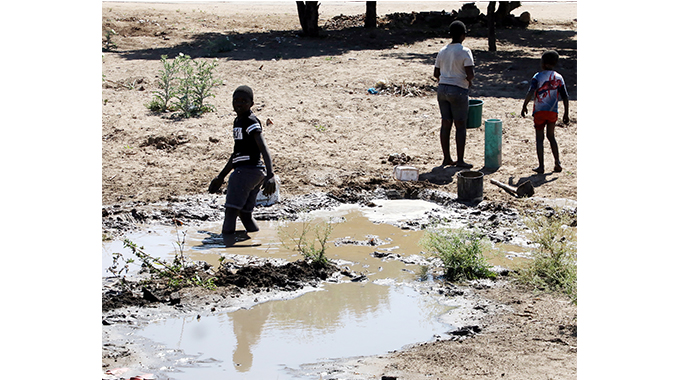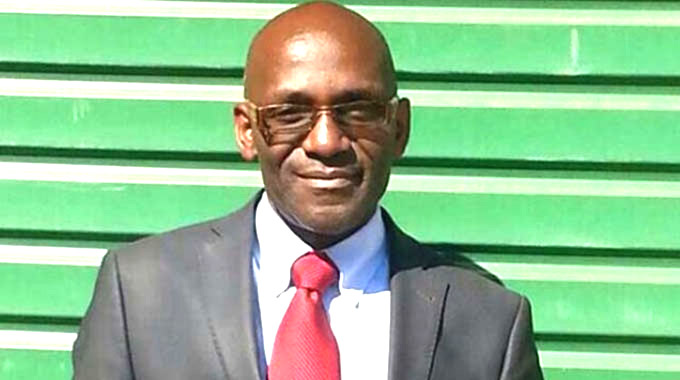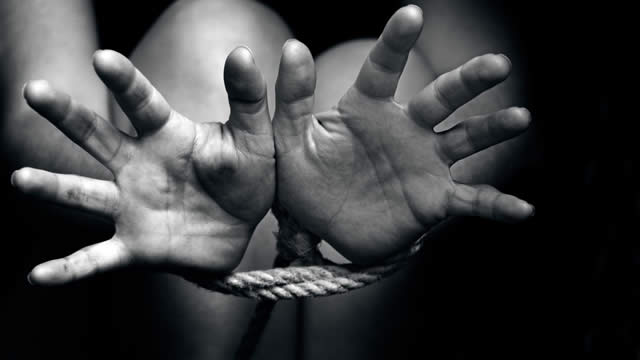Bulawayo City Council to blame for water crisis

Nqobile Tshili, Chronicle Reporter
WATER at Bulawayo’s remaining three supply dams can last the city for 11 months without council implementing the water shedding programme but lack of investment in a bulk water delivery system has contributed to water challenges.
Bulawayo City Council (BCC) decommissioned Upper Ncema, Lower Ncema and Mzingwane dams between last year and this year and water levels at the remaining Insiza, Inyankuni and Mtshabezi dams have dropped to 22 percent.
The depleting water levels at the city dams has resulted in the local authority imposing a weekly 144-hour water shedding programme, but persistent technical faults and pipe bursts have seen council failing to abide by the schedule.
This has seen residents experiencing water cuts for days while some high lying areas have not received tap water in more than six months.
In a ministerial statement on water issues presented in the National Assembly on Wednesday, Lands, Agriculture, Water, Climate and Rural Resettlement Dr Anxious Masuka said with an effective water delivery system, Bulawayo should not be experiencing a water crisis.
“The City of Bulawayo, has mainly been drawing water from three sources: Upper Ncema, Lower Ncema and Mzingwane – until they were very low and decommissioned whilst the biggest dams – Insiza, Inyankuni and Mtshabezi -remain with substantial amounts of water which could last the city up to 11 months at 155 Mega Litres (ML) per day,” said Dr Masuka.
“It is unfortunate that the City of Bulawayo has made limited investments in improving abstraction capacity which could have assisted in addressing the water challenges.”
BCC is, however, on record stating that delivery of bulk water to the city is the mandate of the Zimbabwe National Water Authority (Zinwa).
Council has come up with medium-to-long term solutions to address the water crisis although most of the interventions require Government’s funding.
The local authority says construction of a 42km Mtshabezi-Ncema 450mm water pipeline; upgrading the 11km Umzingwane-Ncema 900mm water pipeline and equipping and drilling of 20 boreholes in Nyamandlovu Aquifer could be part of the medium solutions to the water crisis.
Government has come up with several interventions to improve water delivery to Bulawayo including the recently released $205 million for borehole works to augment supplies.
Dr Masuka said the intervention programmes will ease the water crisis.
“Rehabilitation of 20 boreholes by Zinwa at Epping Forest is on-going and an additional 10 ML per day to the city. A total of 42 boreholes are now operating at the Aquifer. The system was also stabilised through the major rehabilitation of the 525mm and 400mm steel pumping mains to minimise water leakages and bursts,” said Dr Masuka.
“Introduction of booster stations by the Government along the Mtshabezi pipeline (without duplicating the pipeline) to increase the daily pumping capacity to 25ML per day from 17 ML/ day. Government plans are also underway to increase raw water pumping from Insiza and Inyankuni Dams by addressing the pumping bottlenecks along the two lines.”
He said completing the Gwayi-Shangani Dam remains the permanent solution to Bulawayo’s water crisis and Treasury has allocated $550 million for the construction works.
Dr Masuka said Government is targeting to complete the dam construction at the end of next year.
“This will provide a lasting solution to the water supply challenges to Bulawayo and the region. Meanwhile, commendable progress from 37ML per day to 79ML per day, through Zinwa intervention, has been made in Bulawayo. Much more needs to be done and time will tell,” said Dr Masuka. – @nqotshili.








Comments